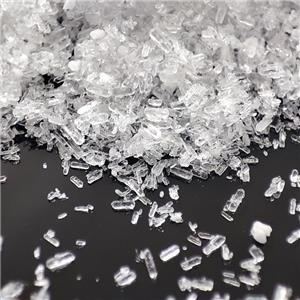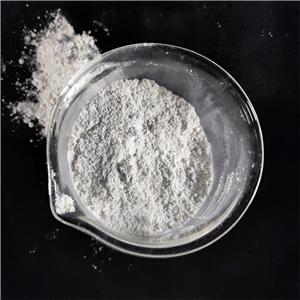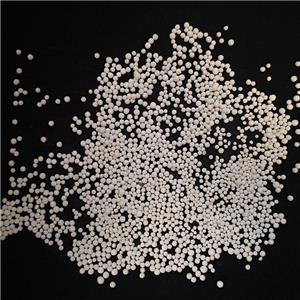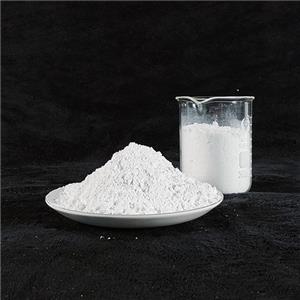Does magnesium hydroxide burn?
Magnesium hydroxide, a chemical compound with the formula Mg(OH)₂, is a white, odorless solid that is commonly found in nature as the mineral brucite. It is widely used in various industrial, medical, and environmental applications due to its unique properties. One of the most common questions about magnesium hydroxide is whether it burns. To answer this question, we need to delve into the chemical properties of magnesium hydroxide, its behavior under different conditions, and its applications.
1. Chemical Properties of Magnesium Hydroxide
1.1 Structure and Composition
Magnesium hydroxide is an inorganic compound consisting of magnesium (Mg²⁺) cations and hydroxide (OH⁻) anions. It has a layered structure, with magnesium ions sandwiched between layers of hydroxide ions. This structure contributes to its stability and low solubility in water.
1.2 Solubility and pH
Magnesium hydroxide is sparingly soluble in water, with a solubility product (Ksp) of approximately 5.61 × 10⁻¹² at 25°C. When it dissolves, it forms a weakly alkaline solution due to the release of hydroxide ions:
This property makes it useful as an antacid and in environmental applications for neutralizing acidic substances.
Mg(OH)2⇌Mg2++2OH−
1.3 Thermal Stability
Magnesium hydroxide is thermally stable at room temperature but undergoes decomposition when heated. The decomposition reaction is as follows:
Mg(OH)2ΔMgO+H2O
This reaction occurs at temperatures above 350°C (662°F), resulting in the formation of magnesium oxide (MgO) and water vapor.
2. Does Magnesium Hydroxide Burn?
2.1 Definition of Burning
Burning, or combustion, is a chemical reaction that involves the rapid combination of a substance with oxygen, typically accompanied by the release of heat and light. For a substance to burn, it must be capable of reacting with oxygen in the presence of an ignition source.
2.2 Magnesium Hydroxide and Combustion
Magnesium hydroxide itself does not burn. It is not a flammable substance because it does not react with oxygen in a way that would sustain a combustion reaction. However, when heated to high temperatures, magnesium hydroxidedecomposes into magnesium oxide and water vapor, as mentioned earlier. This decomposition is an endothermic process, meaning it absorbs heat rather than releasing it.
2.3 Magnesium Metal vs. Magnesium Hydroxide
It is important to distinguish between magnesium hydroxide and magnesium metal. Magnesium metal (Mg) is highly flammable and can burn vigorously in air, producing a bright white flame and forming magnesium oxide:
2Mg+O2→2MgO
This reaction is highly exothermic and releases a significant amount of heat and light. In contrast, magnesium hydroxide does not exhibit this behavior because it is already in a chemically stable, oxidized form.
2.4 Fire Retardant Properties
Interestingly, magnesium hydroxide is used as a fire retardant. When exposed to high temperatures, it decomposes endothermically, absorbing heat and releasing water vapor. This process helps to cool the surrounding environment and dilute flammable gases, thereby inhibiting the spread of fire. The water vapor released can also help to smother flames by reducing the concentration of oxygen.




